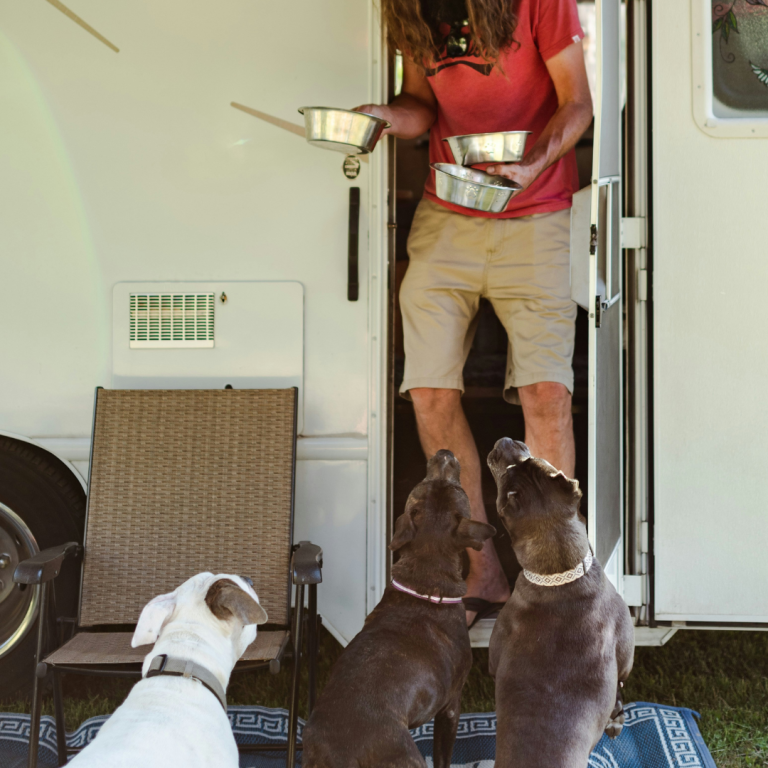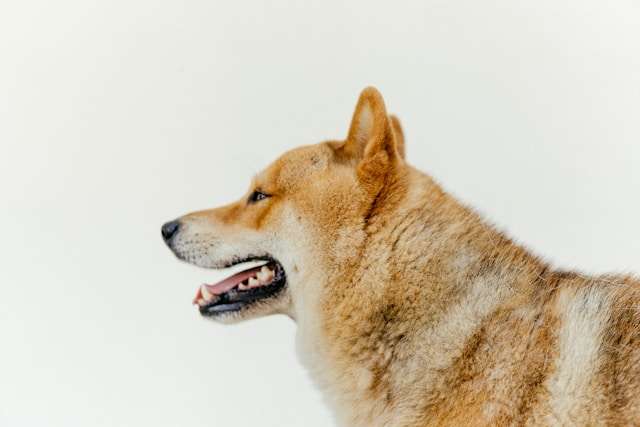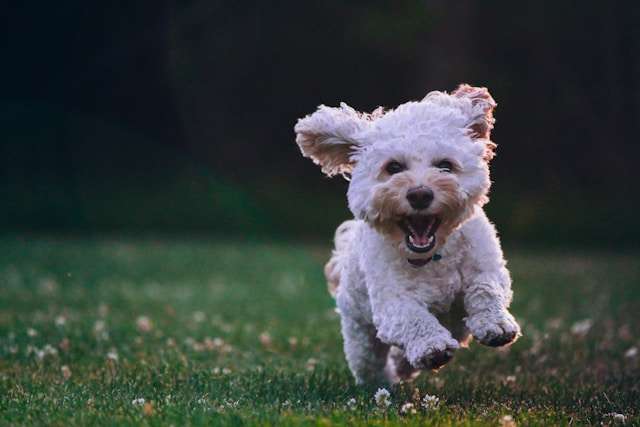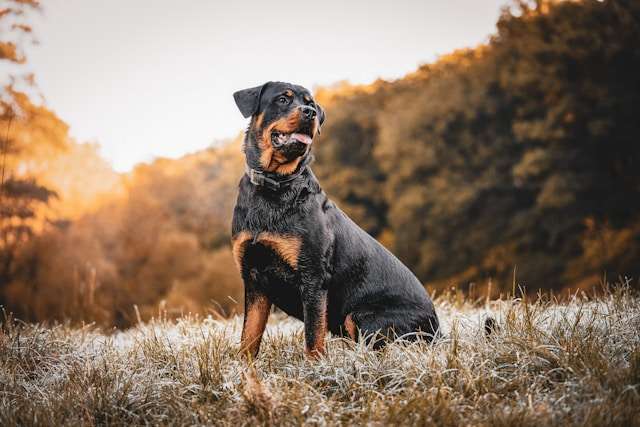The Ultimate Guide to Pit Bull Breeds: Understanding Their Unique Traits
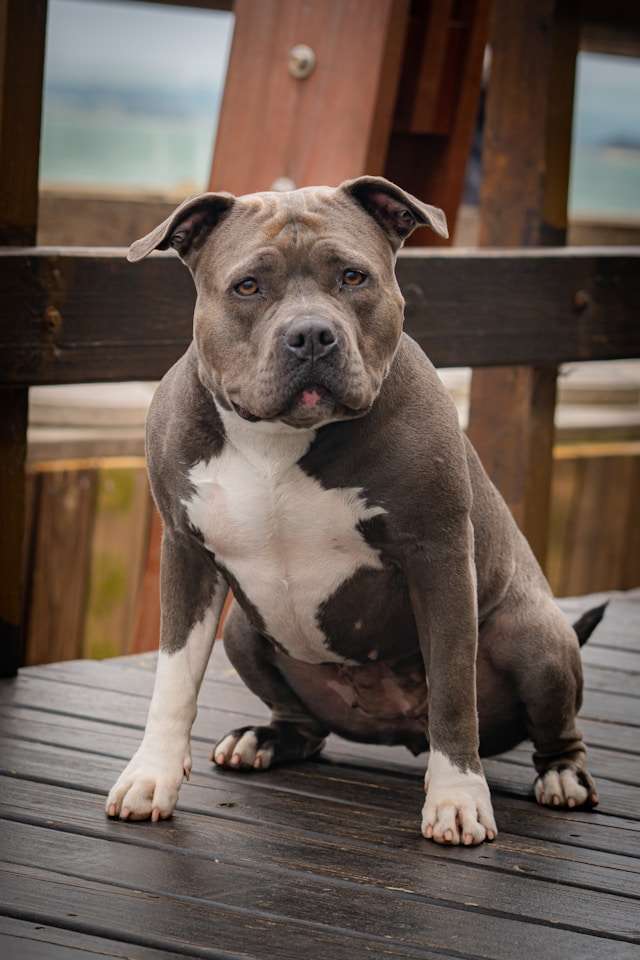
Pit bull breeds stand among the most loyal and affectionate family dogs I’ve seen while working with canines. These muscular, energetic dogs have won millions of American families’ hearts. Popular misconceptions fail to tell their true story.
Many people feel confused about pit bull types, and that’s natural. The term “pit bull” actually includes several different breeds, each with its own unique traits and characteristics. American Pit Bull Terriers and Staffordshire Bull Terriers represent just part of the pit bull family, and each brings something unique.
This piece breaks down the essential facts about these remarkable dogs. You’ll learn about their physical traits, temperament, training needs, and health concerns. The information helps potential adopters and anyone interested to understand why these breeds deserve another chance.
Table of Contents
Understanding Different Pit Bull Breeds
These remarkable dogs have quite a story to tell. Many people don’t realize that pit bulls comprise several distinct breeds. Let me share my insights about these amazing dogs and their unique traits.
American Pit Bull Terrier vs American Staffordshire Terrier
These breeds share common ancestors, yet they have some notable differences. The American Pit Bull Terrier (APBT) reaches 17 to 21 inches at the withers. Males weigh 35 to 60 pounds, and females 30 to 50 pounds [1]. The American Staffordshire Terrier, or AmStaff, has a stockier build and weighs between 40 to 70 pounds [2].
The sort of thing I love about these breeds lies in their temperament differences:
- APBTs show incredible enthusiasm and eagerness to please, though they might display some dog aggression [1]
- AmStaffs exhibit a calmer, more reserved nature while keeping their playful spirit [3]
Staffordshire Bull Terrier Characteristics
The Staffordshire Bull Terrier, lovingly called the Staffie, adds its unique charm to the pit bull family. British families gave them the heartwarming nickname “nanny dog” because of their exceptional way with children [4]. These compact dogs stand 14 to 16 inches tall [5], making them smaller than their American relatives.
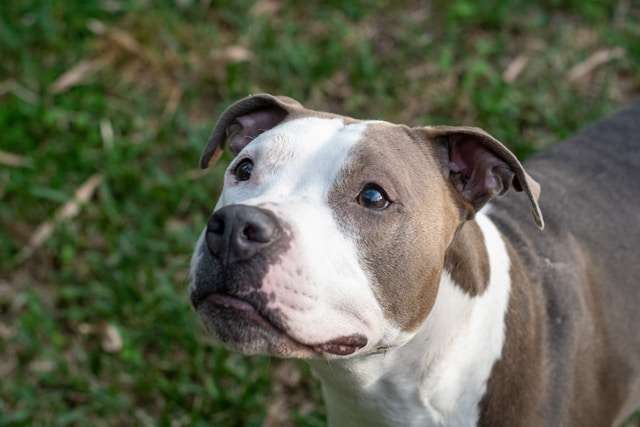
Modern Pit Bull Breed Standards
Breed standards reflect careful breeding and development over time. The United Kennel Club recognized the American Pit Bull Terrier in 1898 [6]. In 1935, the American Kennel Club made a vital decision to recognize these dogs as “Staffordshire Terriers.” They later added “American” to set them apart from British breeds [6].
Modern standards emphasize balance and proportion rather than specific size requirements. For instance, the American Dog Breeders Association suggests an ideal conditioned show weight of 30 to 75 pounds for APBTs [7]. These dogs excel at various tasks, from obedience and agility to therapy work and family companionship [1].
Each breed brings distinct characteristics despite sharing physical traits. Their adaptability and versatility have preserved breed types for over 150 years [1]. This legacy proves their lasting value as working dogs and cherished family members.
Physical Characteristics and Health
My veterinary experience has taught me much about pit bull breeds’ physical characteristics and health needs. These remarkable dogs need proper care, and I’d love to share what I’ve learned.
Breed-Specific Physical Traits
Pitbull breeds’ distinctive muscular build never fails to impress me. These dogs pack more muscles per pound of body weight than almost any other breed [8]. Males typically weigh between 35-70 pounds and stand 18-21 inches tall. Females are slightly smaller at 30-60 pounds and 17-20 inches in height [9].
The coat characteristics of these breeds fascinate me. Most pit bulls have:
- Short, smooth coat that comes in various colors
- Broad, flat skull with a wide, deep muzzle
- Strong, well-defined musculature
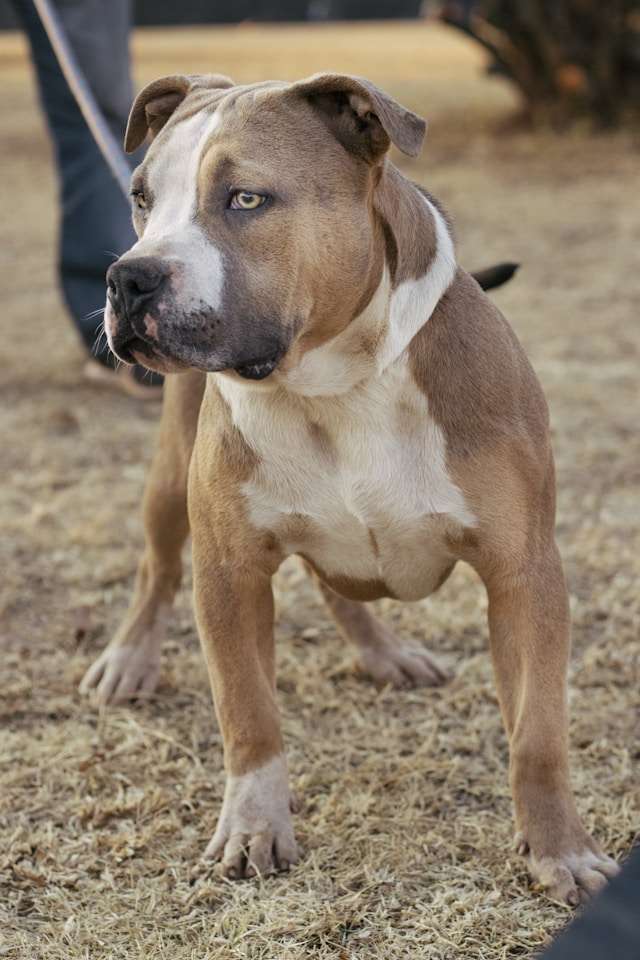
Common Health Concerns
My practice has shown several health issues that affect pit bull breeds commonly. Hip dysplasia is a prevalent condition that causes lameness in the hind legs and makes rising difficult [9]. Allergies pose a substantial concern and often show up as:
- Skin irritations and infections
- Food sensitivities
- Environmental allergen reactions
Hypothyroidism needs special attention because it can affect some pit bull breeds and impact their metabolism and overall health [10]. My experience shows these breeds often develop cataracts that can lead to vision problems without early treatment [9].
Maintaining Optimal Health
Pit bull breeds need a proactive approach to stay healthy. Obesity ranks among the most common health concerns [10], yet proper diet and exercise can prevent it. A high-quality, high-protein diet with adequate nutrients and vitamins works best [10].
Your pit bull needs regular vet check-ups to catch potential issues early. Annual examinations, proper vaccinations, and preventive care substantially improve long-term health outcomes [10]. The best care routine includes:
- A consistent exercise routine
- Regular weight monitoring
- Proper dental care
- Scheduled vaccinations and parasite prevention
These breeds stay generally healthy, with an average lifespan of 12-14 years [9]. My experience shows pit bulls maintain excellent health well into their senior years with proper care and attention to their specific needs.
Temperament and Personality Traits
My extensive work with pit bull breeds amazes me with their remarkable personality traits. Let me tell you what makes these dogs unique from my viewpoint.
Natural Behavioral Characteristics
The exceptional affection of pit bull breeds towards humans stands out the most. The American Temperament Test Society reports that pit bulls score above 82% on temperament tests, which beats the general dog population’s 77% average [11]. These dogs show remarkable loyalty. People call them “Velcro dogs” because they love staying close to their human family [9].
These natural characteristics include:
- High intelligence and trainability
- Strong desire to please their owners
- Playful and energetic nature
- Remarkable affection towards children
- Confident and outgoing personality
Socialization Requirements
Early socialization plays a vital role for pit bull breeds. These loyal and devoted dogs need at least two hours daily [12]. My experience shows successful socialization needs:
- Exposure to various environments and situations
- Controlled interactions with other dogs
- Regular positive experiences with different people
- Structured training sessions
- Consistent routine establishment
Myth vs Reality: Aggression Facts
Let’s talk about the elephant in the room – aggression myths. Years of observation and scientific data prove that aggression stems from environmental factors rather than breed characteristics [13]. The American Veterinary Society of Animal Behavior confirms that context drives aggression, usually from fear [14].
Pit bull breeds consistently show high tolerance levels in standardized testing. German state-regulated temperament tests revealed that dogs labeled “dangerous” responded like those deemed “friendly.” This effectively debunks breed-based stereotypes [14].
These dogs might develop anxiety without adequate socialization, exercise, and mental stimulation [9]. This shows why proper training and environment shape their behavior significantly. Clear boundaries and consistent optimistic reinforcement help pit bulls become exceptional family companions [15].
Training and Exercise Requirements
My experience as a professional dog trainer has taught me that pit bull breeds are remarkably intelligent and eager to learn. Let me share what works to help these fantastic dogs become well-behaved family companions.
Early Training Essentials
The time between 7 and 16 weeks is vital for pit bull breeds [16]. My focus stays on simple commands and proper socialization. These intelligent dogs amaze me with their ability to pick up new commands after 15-25 repetitions [17].
Success comes from creating positive experiences. Here’s what I recommend:
- Simple obedience training (sit, stay, come)
- Controlled exposure to different environments
- Regular handling by family members
- Structured playtime with other dogs
- Consistent house training routines
Exercise and Mental Stimulation Needs
Pit bull breeds need proper exercise to thrive. These energetic dogs need 1-2 hours of daily exercise [3]. Mental stimulation is as important as physical exercise and often tires these intelligent breeds more [18].
These exercise guidelines will help your dog develop the following:
- Exercise should happen during more incredible hours to prevent overexertion [3]
- Mix physical activities with brain games
- Change up routines with different activities
- Watch intensity based on age and health condition
Building Positive Behaviors
Positive reinforcement works wonders with pit bull breeds. Food motivates these dogs, and they respond exceptionally well to reward-based training [17]. Mental exercises tire them out more than physical exercise alone [18].
Training needs consistency. New behaviors should receive immediate rewards – within seconds of the desired action [19]. This timing helps dogs connect their actions with rewards.
Pit bull breeds stand out because they strongly desire to please their handlers. Clear communication paired with positive reinforcement creates an exceptional bond. These dogs shine in advanced training activities. Many of my client’s dogs have completed the Canine Good Citizen Program [17], which shows their exceptional capacity to learn and behave well.
Choosing the Right Pit Bull Breed
My years of helping families pick their perfect pit bull companion taught me that choosing the right breed isn’t just about picking the cutest puppy in the litter. Let me share what I’ve learned to help you make this choice.
Lifestyle Compatibility Assessment
Energy level compatibility is one of the most significant factors when I match pit bull breeds with potential owners. These dogs range from super active to pretty relaxed [20]. A mismatch in energy levels creates challenges for both dogs and their owners.
The path to successful pit bull ownership requires you to evaluate the following:
- Your daily activity level and exercise routine
- The time you can spend on training and socializing
- Your work schedule and time with your dog
- Your steadfast dedication to positive reinforcement
- How much you’ll invest in proper training
Living Space Considerations
Experience shows pit bulls adapt amazingly well to different living situations. They do great in homes with yards [4], but plenty of pit bulls thrive in apartments when they get enough exercise [4].
Your living space evaluation should look at:
- Room for indoor play and rest
- Places to exercise outdoors
- Requirements for secure fencing
- Are any breed restrictions in your area
- How close you are to dog parks or trails
I love how pit bulls do better in smaller spaces than most people think if they get enough exercise and mental stimulation [4]. But whatever your living space, these breeds need at least 45 minutes of solid exercise daily [21].
Family Dynamic Factors
Family makeup gets special attention during my consultations about specific pit bull breeds. These dogs build deep bonds with their owners and show amazing affection toward kids [20]. Proper introductions and supervision matter.
Multi-pet homes succeed primarily based on early socialization and good training. Some pit bulls might be picky about other dogs [22], but many live happily with other pets if you introduce them right and guide them properly.
Pit bull breeds stand out because they adapt well to different family situations. You’ll likely find a pit bull breed that fits your lifestyle [20], whether you’re single, active, or part of a busy household. These dogs excel in all kinds of homes, from quiet spots with seniors to lively places with kids.
Note that picking the right pit bull breed goes beyond finding a dog for your current situation—you’re making a lifetime commitment. A full picture of your lifestyle, living space, and family dynamics helps you find that perfect match who’ll bring joy to your home for years.
Be sure to read Dog Breed Guide: Find Your Perfect Companion
Conclusion
My years with pit bull breeds have shown me their incredible loyalty and affection as capable companions. The American Pit Bull Terrier’s enthusiasm and the Staffordshire Bull Terrier’s gentle nature with children make each breed unique.
Pit bulls thrive when their owners understand and meet their basic needs. Daily exercise, consistent training, and early socialization help them adjust well to family life. These breeds stay healthy with regular vet checkups and preventive care.
The process of choosing a dog can feel daunting. To help you find your perfect four-legged companion, head over to our Dog Breed Guide.
Note that pit bulls are more than just strong, muscular dogs. Their intelligence and loving nature create deep bonds with their human families. When given proper care and training, these misunderstood breeds become devoted lifelong companions.
FAQs
Q1. What are some unique characteristics of pit bull breeds? Pit bull breeds are known for their loyalty, intelligence, and strong bond with families. They excel as service animals, therapy dogs, and family pets. Contrary to misconceptions, studies have shown that pit bulls are not inherently more aggressive than other breeds and often demonstrate excellent temperament.
Q2. What exercise requirements do pit bull breeds have? Pit bull breeds typically need 1-2 hours of daily exercise. This should include both physical activities and mental stimulation. It’s important to schedule exercise during cooler hours to prevent overexertion and to mix up routines with different activities to keep them engaged.
Q3. How do pit bull breeds typically interact with children? Pit bull breeds are often remarkably affectionate towards children, earning them the nickname “nanny dog” in some cultures. However, as with any breed, proper introductions and supervision are essential. Early socialization and training are key to ensuring positive interactions between pit bulls and children.
Q4. What are some common health concerns for pit bull breeds? Common health issues in pit bull breeds include hip dysplasia, allergies, and hypothyroidism. They may also be prone to skin irritations, food sensitivities, and eye problems like cataracts. Regular veterinary check-ups, proper diet, and exercise can help maintain their health and address these concerns early.
Q5. How adaptable are pit bull breeds to different living situations? Pit bull breeds can adapt well to various living situations, including apartments, provided their exercise and mental stimulation needs are met. While they traditionally thrive in homes with yards, many pit bulls can flourish in smaller spaces when given sufficient daily exercise, typically at least 45 minutes of vigorous activity.
References
[1] – https://www.ukcdogs.com/american-pit-bull-terrier
[2] – https://www.pitbullinfo.org/pit-bulls-breeds
[3] – https://shop.bullymax.com/blogs/news/how-much-exercise-does-pitbull-need?srsltid=AfmBOopD3-aPA4Ba7GxEIj2UZnxCsdtUzvZh2lpUN2RAugj9sGRWS1kC
[4] – https://www.sparkpaws.com/blogs/community/are-pitbulls-good-apartment-dogs
[5] – https://ycspca.org/news-events/blog.html/article/2024/01/24/breaking-down-pit-bull-type-dogs
[6] – https://en.wikipedia.org/wiki/Pit_bull
[7] – https://adbadog.com/heritage-american-pit-bull-terrier-conformation-standard/
[8] – https://www.hillspet.com/dog-care/dog-breeds/american-pit-bull-terrier
[9] – https://www.petmd.com/dog/breeds/american-pit-bull-terrier
[10] – https://animalfoundation.com/whats-going-on/blog/caring-pit-bulls
[11] – https://www.newsweek.com/pit-bull-myths-facts-history-dogs-pets-1567290
[12] – https://lanecounty.org/government/county_departments/public_works/general_services/animal_services/tips_for_pit_bull_owners
[13] – https://www.thehumanesociety.org/pit-bull-myths/
[14] – https://www.sfspca.org/blog/5-pit-bull-type-dog-myths-debunked/
[15] – https://humanesocietytampa.org/5-training-and-socialization-tips-for-adopted-pit-bulls/
[16] – https://www.wikihow.com/Train-a-Pitbull-Puppy
[17] – https://www.thesprucepets.com/pitbull-training-1118246
[18] – https://www.petmd.com/dog/general-health/ways-to-keep-dog-mentally-stimulated
[19] – https://www.humanesociety.org/resources/positive-reinforcement-training
[20] – https://humanesocietytampa.org/meet-your-perfect-match-tips-to-find-the-right-pit-bull-for-you/
[21] – https://www.dailypaws.com/living-with-pets/pet-compatibility/types-of-pit-bulls
[22] – https://www.pitrescue.org/about-the-breed


